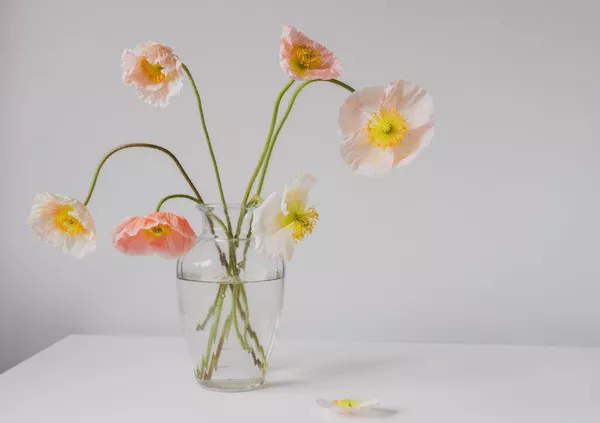Preserving flowers in resin is a popular technique that allows you to capture the beauty of botanicals and create stunning, long-lasting keepsakes. Whether you want to preserve a special bouquet, a meaningful gift from a loved one, or simply enjoy the vibrancy of nature all year round, this guide will provide you with step-by-step instructions on how to keep flowers forever in resin.
1. Selecting the Right Flowers
Choosing the right flowers is crucial for successful resin preservation. Opt for fresh flowers with vibrant colors and sturdy petals. Avoid using flowers that are too delicate or have a high water content, as they may wilt or become discolored during the process. Popular choices include roses, daisies, lavender, baby’s breath, and pansies. Experiment with different flower combinations to create unique designs.
2. Drying the Flowers
Before you can begin the resin preservation process, it’s important to dry your flowers thoroughly. There are several methods you can use:
Air drying: Tie the flowers into small bundles and hang them upside down in a cool, dry place. Allow them to air dry for several weeks until the petals feel crisp and papery.
Silica gel: Place the flowers in a container filled with silica gel, making sure to cover them completely. Leave them undisturbed for about a week until they are fully dried.
Microwave drying: For a quicker drying method, place the flowers between two sheets of microwave-safe paper and heat them in short bursts of 30 seconds until dry.
Whichever method you choose, ensure that the flowers are completely dry before proceeding to the next step.
3. Preparing the Resin
Resin is a two-part compound that consists of a resin and a hardener. Follow the manufacturer’s instructions carefully when preparing the resin mixture. Typically, you’ll need to mix equal parts of resin and hardener in a clean, disposable container. Stir the mixture gently but thoroughly to avoid introducing air bubbles.
4. Preparing the Mold
Choose a mold that suits your desired shape and size for the final resin piece. Silicone molds are commonly used for flower preservation due to their flexibility and ease of removal. Make sure the mold is clean and free from any residue or dust particles that could affect the clarity of the resin.
5. Arranging the Flowers
Arrange the dried flowers in the mold according to your design preferences. You can create various compositions by arranging the flowers flat or layering them for a three-dimensional effect. Experiment with different layouts until you achieve the desired look. Avoid overcrowding the mold, as this can make it difficult to pour the resin evenly.
6. Pouring the Resin
Once your flowers are arranged, it’s time to pour the resin. Slowly and carefully pour the resin mixture into the mold, ensuring that all the flowers are covered and submerged. Use a toothpick or a skewer to adjust the position of the flowers if needed. Tap the mold lightly on a flat surface to release any trapped air bubbles.
7. Curing the Resin
After pouring the resin, cover the mold to protect it from dust and debris. Follow the manufacturer’s instructions for the curing process. Resin typically takes 24 to 48 hours to cure fully, but curing times may vary depending on the brand and environmental conditions. Place the mold in a clean, dry area away from direct sunlight or excessive heat.
8. Demolding and Finishing
Once the resin has cured, it’s time to demold your preserved flowers. Gently flex and twist the mold to release the resin piece. If the resin is stubborn, try placing the mold in warm water for a few minutes to help loosen it. Once released, inspect the piece for any imperfections or sharp edges. Sand the edges carefully with fine-grit sandpaper to achieve a smooth finish.
9. Sealing and Displaying
To enhance the longevity of your preserved flowers, consider sealing the resin with a clear sealant or UV-resistant spray. This will protect the flowers from yellowing or fading over time. Additionally, choose a display method that suits your preferences. You can mount the resin piece in a shadow box, create jewelry pieces, or use it as a decorative element in various crafts.
10. Caring for Preserved Flowers
Preserved flowers require minimal care to maintain their beauty. Avoid exposing them to direct sunlight for extended periods, as this can cause fading. Keep them away from excessive heat or humidity, as it can affect the integrity of the resin. To clean the preserved flowers, gently wipe them with a soft, dry cloth.
Conclusion
Preserving flowers forever in resin is a rewarding and creative process that allows you to cherish the beauty of nature for years to come. By following these step-by-step instructions, you can create stunning resin pieces that capture the essence of your favorite blooms. So gather your flowers and embark on the journey of creating everlasting floral treasures with resin. With proper techniques and care, your preserved flowers will bring joy and beauty into your life for years to come.


